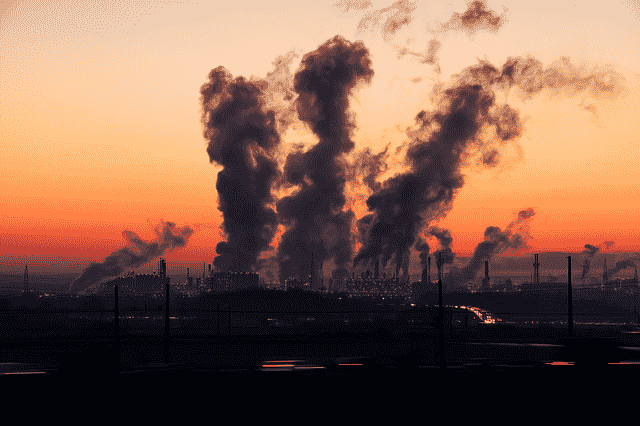Industrialization enabled us, as a species, to attain new technological heights. Alongside technological changes came social changes not seen since humans settled down and began agrarian societies thousands of years earlier. While this seems well and good, when looking at industrialization as a whole, there are many negative effects on individuals and societies as well. This piece takes a closer look at some of the positive aspects and negative aspects of industrialization.

Positive effects of Industrialization:
One can argue about the negative effects of industrialization. The fact remains that industrialization has done a lot to make people’s lives better. What is known as the First Industrial Revolution originated in Great Britain in 1760 and ended between 1820 and 1840. This period transitioned production away from handmade goods to new simple machine methods. The Second Industrial Revolution in the mid 19th century marked the invention of electricity and mass production methods that we still use today.
Industrialization allowed the mass production of consumer goods.
In preindustrial society, products were handmade and often expensive. Industrialization, and eventually mass production, changed that. Where there was a desire, mass production could quickly fill it. As a result, the price of consumer goods plummeted. For the first time, things that were reserved only for the aristocracy was available for the public. The development of economies of scale meant that companies didn’t even lose money selling goods for cheaper. There were enough consumers to drive even higher profits.
It rapidly grew the world economy.
Improved production and profits rapidly grew the world’s economy. Between 1820 and 1900, the world GDP almost tripled from 1.2 trillion to 3.42 trillion. Only 100 years after that, GDP equaled 60.25 trillion in 1999. This massive uptick in global wealth raised the standard of living universally. Between 1819 and 1850, real wages across every class doubled. For the first time in history, the world had a large middle class who were able to buy land and support a family comfortably.
Industrialization led to amazing innovations.
While it could be argued that industrialization set the stage for innovation, the fact remains that Industrialization facilitated sharing new ideas, thoughts across borders. This eventually led to innovative products being developed from Mauveine which was created during the Victorian era to steam engines, smallpox vaccination and much more.
Negative effects of Industrialization:
It should also be pointed out that Industrialization was not all a bed of roses and came with its own associated negative effects some of which, had even formed the basis for several contemporary literatures, including Charles Dickens Oliver Twist.
Industrializaton led to many health issues.
Rapid industrialization led to some of the most abysmal living conditions, namely in London which was the center of Industrialization. At the peak of Industrialization, there were little or no regulations which governed how companies should operate and as a result, this often led to severe environmental pollution. This, in turn, precipitated health outbreaks, such as the Cholera outbreak in Victorian England. There were other health outbreaks and even plagues whose root causes could be attributed to rapid Industrialization.
It often made poverty worse.
While industrialization offered many with employment opportunities, the supply still outstripped demand. As a result, not many could land the job and as a result, the widening disparity between the poor and the other half just became worse.
Factories provided some of the most unsafe working conditions.
Remember, this was a time where there was little by way of legal recourse or laws that protected them. In fact, there was little by way of workers’ rights and as a result, most of them had to work under really hazardous conditions. Some even had to work under severe distress, ad under some of the worst conditions possible, for minimum pay. In fact, it was only after some of the newspapers highlighted some of the working conditions, that the government of the day took punitive action but even this was limited in both scope and nature.
Child labor was common.
One of the awful aspects of Industrialization was the aspect of child labor. Child labor became the preferred workforce for most of these companies as they could get them to work for a pittance. As there was no law to institute or enforce workers’ rights, some of the children had to work in awful conditions, for a pittance of what adult workers were getting. Working in unsanitary conditions often led to these young children develop several health conditions, which eventually resulted in fatalities.
While Industrialization was indeed pivotal to the development of our society as a whole, some of the associated negatives far outweigh the positives. It should also be pointed out that rapid industrialization did lead to several nations developing armaments and eventually, going to war with one other. To put it succinctly, industrialization was a bitter pill but one Mankind had to take, in order to develop further.
- Tulip Mania – The Story of One of History’s Worst Financial Bubbles - May 15, 2022
- The True Story of Rapunzel - February 22, 2022
- The Blue Fugates: A Kentucky Family Born with Blue Skin - August 17, 2021
